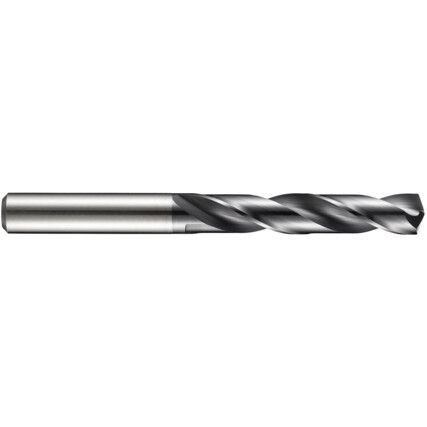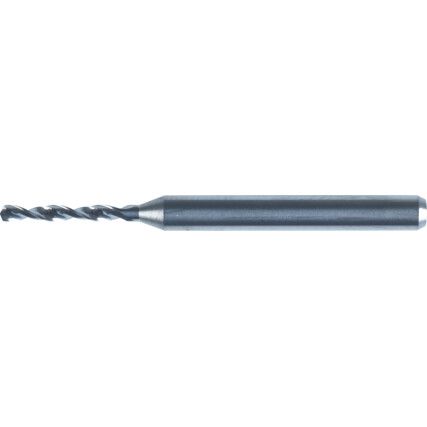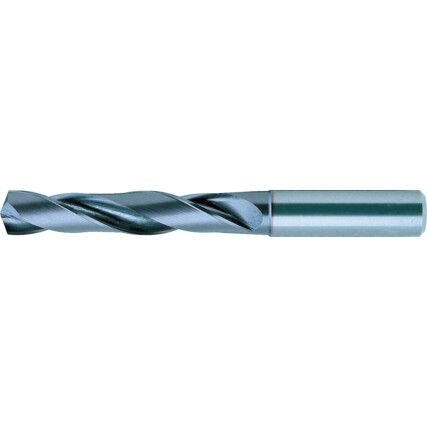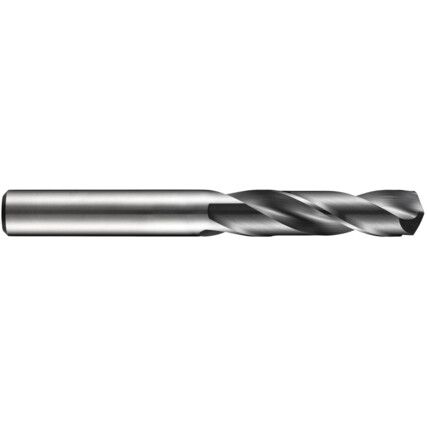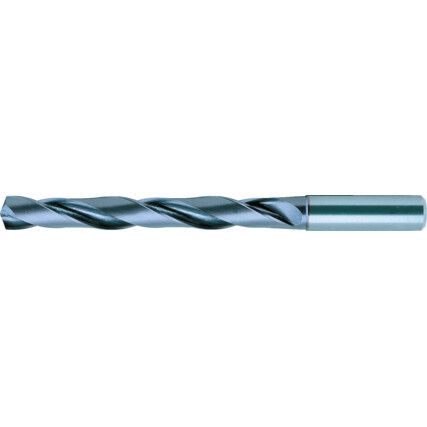Carbide Drills
Carbide drills are designed to make easy work of the most demanding and hardest materials, where high speed steel and even HSS-Co drills would otherwise falter. They can be used on a variety of surfaces including tool steels and stainless steels as well as aluminium and both hard and soft grey cast iron. They offer the additional benefits of increased speeds and increased feeds along with an improved rigidity and hardness, their only negative aspect is that they are more brittle than HSS and HSS-Co drills. That said though they are far more effective at cutting as well as maintaining sharpness and resisting higher temperatures.
What are Carbide Drills?
Simply put Carbide drills are drills made from solid (in most cases tungsten) carbide. Whilst most drills are commonly made from high-speed steel or with the addition of cobalt (HSS-Co), carbide drills are pretty much exactly as they sound.
When are Carbide Drills used?
Occasionally you may come across a substrate that is just too tough for a HSS drill to cut through, what's more you risk causing damage to the drill, which will eventually show signs of heat and wear if continued. Materials like tooling steels and stainless steels to name a few are commonly required to be drilled using a carbide drills.
Carbide Drill types
Carbide drills are available in a variety of shapes and sizes, suitable for a multitude of applications.
• Twist Drills The most common drill type available in various lengths with coated and uncoated options.
• Counterbore Used to create a flat bottom in blind holes with a smaller diameter centre hole that cuts through materials. They are ideal for creating holes that cover the fastener head or prevent the faster protruding.
Carbide drills come in a range of lengths and with various tip styles which are explained in our 'Jargon buster' section.
Considerations when choosing a carbide drill
Choosing the right carbide drill for the job can be a bit of a minefield especially if you're relatively new to machining. To help here are some factors you should take into consideration before making your choice.
The application - What materials are you working with? If you're working with mild steels or only drilling a few holes you may find that a HSS drill will suffice. With tougher materials using a carbide drill is recommended.
Hole size - What size holes do you need to drill? Under .5 inches the recommendation is for a solid carbide drill.
Interrupted of continuous cutting - An interrupted cutting application or a contoured cut is much more difficult to achieve. A carbide drill is the best choice in these applications as they are less prone to deflection.
Size tolerances - If you need precision hole making then a solid carbide drill is your best option.
Coatings - Coated carbide drills usually outperform uncoated carbide drills and there are many types of coating available that are suitable for different cutting applications.
Carbide dill jargon buster
The world of carbide drills can be a little confusing so to help dismantle the jargon here are a list of terms to familiarise yourself with.
Axis - The longitudinal centreline of the drill.
Body - Part of the drill that is measured from the tip of the cutting end to the beginning of the shank.
Chisel edge - The edge formed by the intersection of the flanks.
Face - The portion of the flute surface adjacent to the lip.
Flank - That surface on the drill point which extends behind the lip to the following flute.
Flutes - The grooves in the body of the drill designed to remove chips and enable cutting fluid access to the cutting face.
Lands - Cylindrically-ground surfaces that feature on the leading edges of flutes.
Lip - Forms the cutting edge of the drill.
Point - The sharpened end of the drill.
Cutting rotation - Viewed from the point end of the drill. Right-hand cutting drill rotates anti-clockwise. Left-hand rotates clockwise.
Shank - The portion of the drill that is held by the tool or machine.
FAQ
When is a solid carbide drill the best choice?
In the application of drilling hard materials, carbide drills are the best choice. They especially work well with toughed tooling steels.
What is solid carbide?
Solid carbide is a compound made of tungsten carbide, which offers greater hardness and as a result stays sharper than steel. It is more susceptible to knock damage as it is more brittle than steel.
